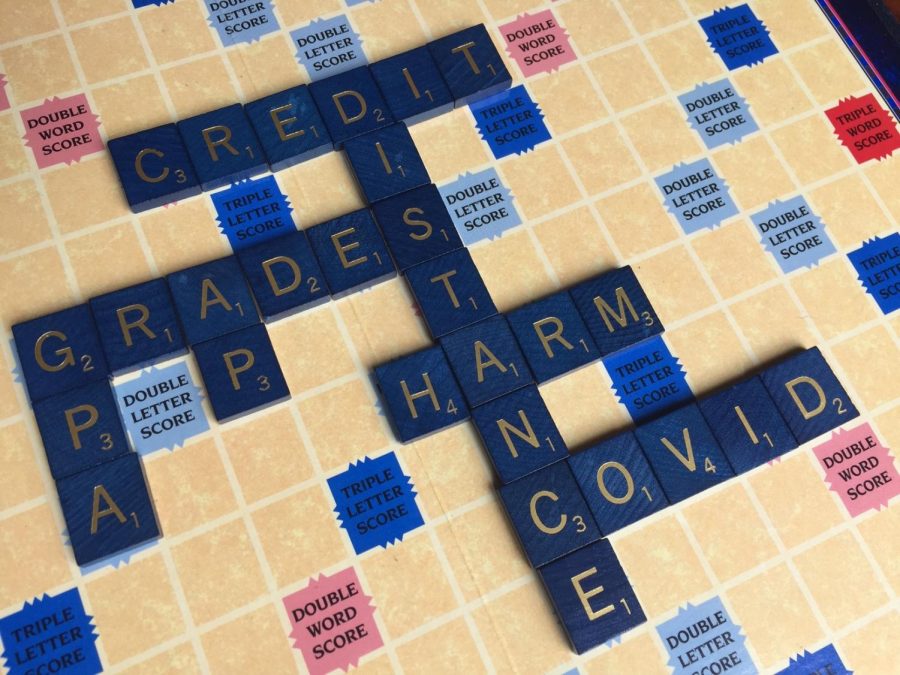Trustees Adopt Changes to Grade Policy
Letter grades of A, B, and C remain, while CR and NC marks are added.
Board Policy 5121.2 offers something for everyone. But is it safe to assume grades can only go up? A new option of No Credit can be assigned to students who “unable to demonstrate proficiency during distance learning.”
April 29, 2020
CUSD’s Board of Trustees adopted changes to its grading policy as a response to the COVID-19 closures this school year.
Rather than a traditional A-F grading system, the new policy is a compromise between that and what some districts around the state are adopting — a credit/no credit approach to all grades.
The new policy allows students to still obtain grades of A, B, or C with the accompanying GPA score. Students in AP classes would still get the traditional 1 point grade bump in GPA calculations, which could help in future college admissions.
A “no harm” clause in the policy allows for students’ grades to move up, but not down, after the 12 week progress grades (which were based on grades prior to the March 13 closures).
“During periods of school closure or other emergencies in which distance learning is provided, teachers will provide grades to students that reflect a “do no harm” approach during the period of the closure. A student’s grade on the report card should not be negatively impacted by the school closure. If a student received a particular mark at an earlier reporting period prior to the closure, the student would be unable to receive a lower mark in the subsequent reporting period,” according to the text of BP 5121.2.
The entire policy can be accessed here as agenda items and exhibits #28 and #29.
But while the policy seems to protect students from any downward slide in grades during distance learning, there is another clause that allows teachers to assign a mark of “NC,” or No Credit if students are “unable to demonstrate proficiency during distance learning.”
“I think that students should be given the option on what classes they want a grade in and what classes they want credit/no credit in,” said junior, Phoebe Lin.
“Students who are unable to demonstrate proficiency during distance learning and during a period of closure or other emergencies, will be assigned the following mark: NC = No Credit. Students who receive an NC will be provided with additional opportunities during summer school or through credit recovery or other programs during the school year to make-up work or retake a class for full credit. A grade of NC will not negatively impact a student GPA,” the policy reads.
Likewise, a mark of CR (credit), also doesn’t impact a student’s GPA.
“During periods of school closure or other emergencies, teachers may use the CR mark (credit) to designate that the student should receive credit for the course when there was not adequate data to assign a traditional mark or individual circumstances warrant that an exception to other marks should be provided for a student: Students who receive a CR will receive credit for the class and will be allowed to enroll in the next class in the course sequence. The grade of CR will not be calculated in the student’s GPA,” the policy states.
The seven member board made the changes at the April 29th board meeting, which was streamed live.


